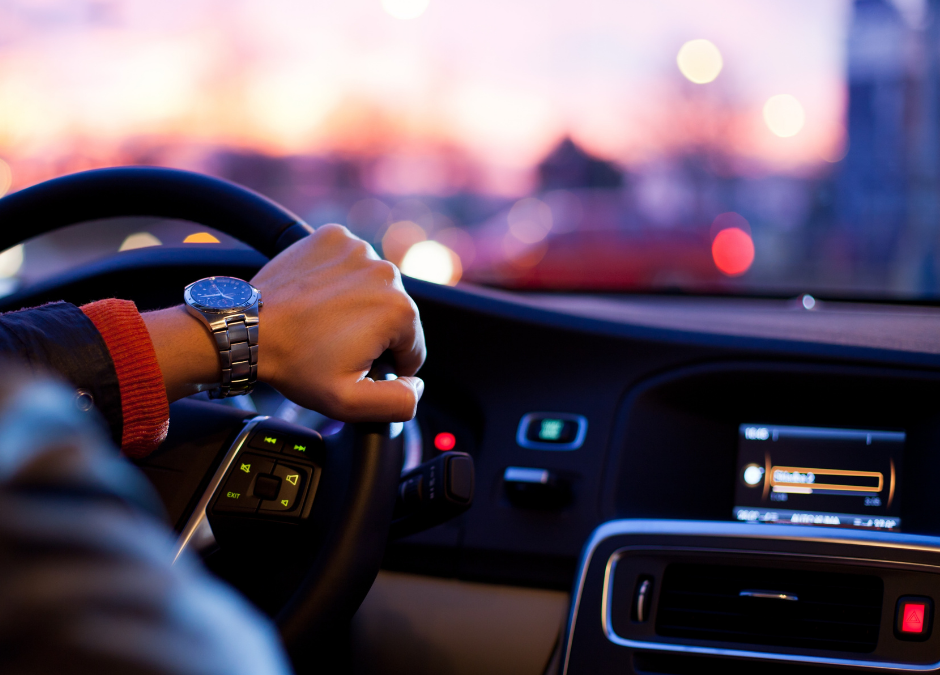How to Install a Car Camera Guide
CCTV camera systems in cars can help in preventing crime. It not only prevents thefts but also provides protection from the malicious insurance claims and the behavior of vehicle drivers as well as passengers that can also be observed.
Requirements for Installing a CCTV system
For the installation of a CCTV system within a car, it requires the following things:
1 x DVR (Mobile based digital video recorder)
2 x Long Extension cables
2 x High quality infrared/ non-infrared mini security cameras
1 x Remote control
1 x Power cable
2 x Lock Keys
Installation Procedure
The following are 6 simple step procedures for installing a CCTV security system into your car.
1. Plan for the right Position
At first, it is very necessary to choose the most suitable point for placing the camera as well as the DVR so that maximum coverage can be attained with minimum cable requirement. Placing the camera near the back mirror is considered to be the best place, from where the whole of the inside of the car can be monitored.
2. Mount the Camera
After selecting a suitable point, place the CCTV camera unit at that selected place, and make the guiding marks for nut screwing. Make some small holes on the guiding marks in screw moldings and screw the CCTV camera in that place in such a way that it remains fixed there firmly. After fixing the camera, insert the power cable or wire in the car or vehicle battery.
3. Place the DVR
As the camera is now fixed in the desired place, there comes the need to place the DVR. The DVR must be placed where the hard disk for monitoring the vehicle environment is present as all recordings of the CCTV camera are stored in the DVR. It is recommended to place the DVR in such a place that no intruder gets to intrude this spot to destroy or harm the video recordings. It is very crucial to ensure the safety of your car.
4. Cable Arrangements
Now you will need to join the mounted camera with the DVR system to initiate the recording process. In this instance, cables and wires are required. It is recommended to give pathways to wires and connecting cables in such a way that no wire is visible to the passengers or drivers. For CCTV systems, Siamese surveillance wires are considered the best to use.
5. Connect the Wires
At this step, the video cable is joined through a BNC port. The cables must be inserted into the BNC ports making the connection secure and safe. Then you can join the output port of the DVR with the screen where you want the recording and video feed.
6. Turn on the System
Now that the CCTV camera has been installed into your vehicle, you can turn on the camera mounted inside the car, and also power ON the display as well as the DVR. Make sure to check out if the camera and video feed is working properly and also check if the view angle is correct.
7. Another Alternative
Rotating cameras are also available and can be placed to get a 360 view. So, instead of mounting a fixed, single view camera, a 360 view rotating camera can also be mounted.
And remember, the most important thing is ensuring that the camera you do choose is suited to what you want, for example monitoring both the back and front of the inside of the car.
We would love to hear from you!
Did this help you? Would you like to know more about surveillance cameras and the growing security industry?
We love to hear feedback from our readers. Make sure to contact us through the link down below:
Click here to read more articles just like this one.

